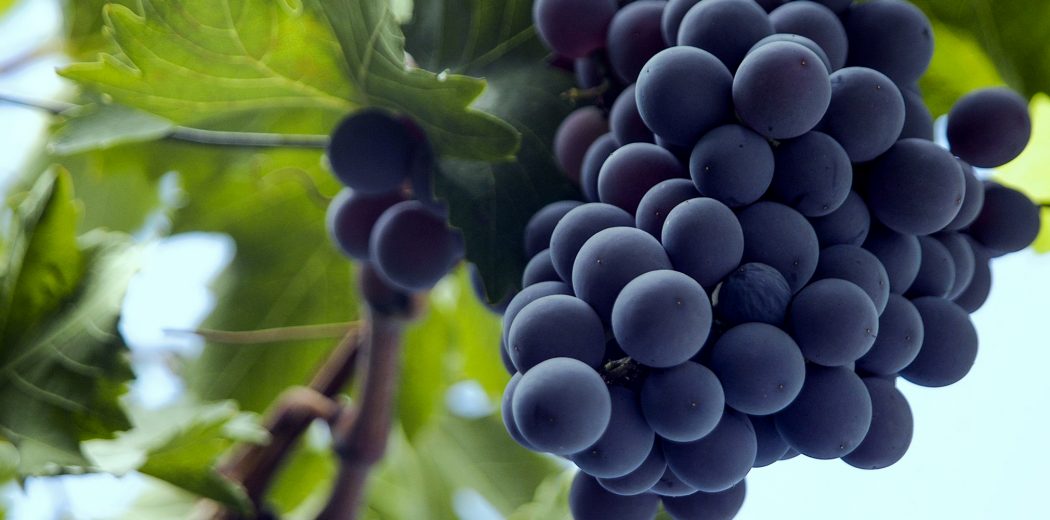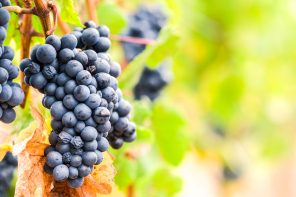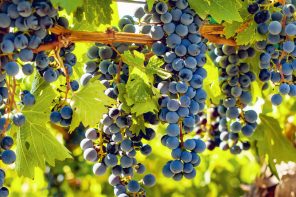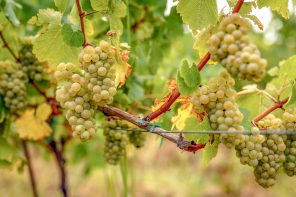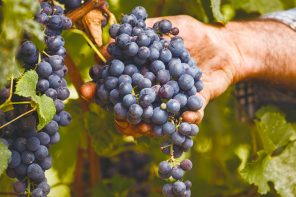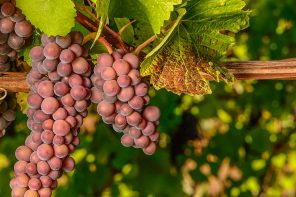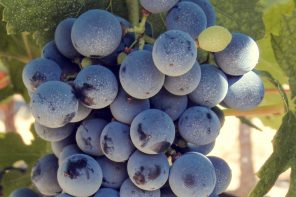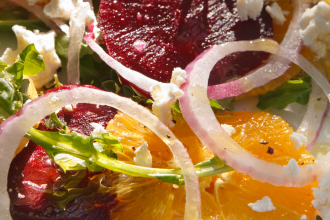Some grapes are more finicky, requiring a light touch, a keen eye and the patience to not tear them out by the roots when they call it quits after a slight change in weather. Others, like the dark-skinned Cinsaut (or Cinsault), are workhorses, extremely tolerant to varying conditions and productive.
Where is it from?
A staple in France’s Languedoc-Roussillon region (it’s the fourth most widely planted varietal in the country!), Algeria, and Morocco, it is known for its resistance to drought, heat, and many diseases and how easy it is to pick by machine. You’ll also find it cropping up California, Washington, Italy, Lebanon and South Africa, taking root in dry areas that other wines might not find hospitable. It is only intolerant to damp areas given its susceptibility to rot.
But despite how Cinsaut’s hardiness has resulted in large production volume in places like Morocco and Algeria, it’s not one to steal the spotlight. You can find it blended with Grenache, Syrah and Mourvedre thanks to its low tannins, softness and perfume, or as one of Pinotage’s parents (Cinsaut was crossed with Pinot Noir to create Pinotage). The famous South African grape now claims more growing space than its once-reigning progenitor, though the country has not turned its back completely on Cinsault. It’s a frequent friend of Cabernet Sauvignon, adding fruitiness and brightness to the blend. Unfortunately, the amount of acreage devoted to the grape worldwide has been plummeting in favor of other reds.
What does it taste like?
Cinsault is very influenced by how it’s aged. Heavier oak barrels will draw out notes of smoke, oak and toast, while lighter oak can elicit coconut and vanilla, but no matter its background, Cinsault is a wine that will be at its best when young. If you have trouble finding it, don’t blame your local wine store. It goes by a dizzying number of synonyms due to its wide-reaching homes. Some of its names include Black Prince, Blue Imperial, Oeillade, Ulliade in Australia, Ottavianello in Italy and Hermitage in South Africa.
Given its lightness and flavor of red berries and sweeter stone fruits, it thrives as a rosé. We love ones from Provence, the most famous of which also include Grenache and Syrah for a crisp wine perfumed with berries and spice. Rosé is one of the only situations where Cinsaut functions as a varietal, though a few producers do make reds purely from Cinsault should you be in the mood for something with low tannins and acid.
What should I eat with it?
Prepare for the summer months by stocking up on some Cinsault rosé and dreaming of afternoons sipping it and dining on seafood. Keep dishes delicate to match the wine, or drink it as an apéritif to prep the palate. Can’t wait for warmer weather? Grab a red blend to accompany ultimate winter comfort food, like grilled beef or chili. Regardless, it’s relatively versatile and can pair well with hot smoked salmon, roasted meat, grilled veggies, Gruyere cheese and pizza (one of our requirements when we’re selecting a bottle).

